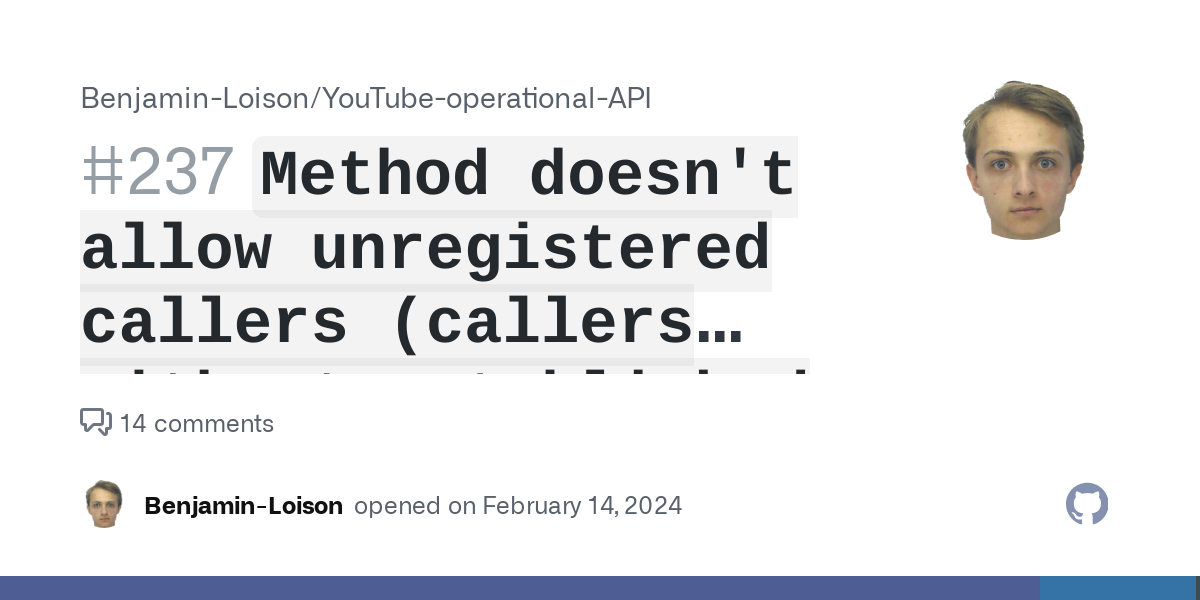Transport Canada drone license requirements are crucial for safe and legal drone operation in Canada. Understanding these regulations, from the different drone classes and pilot certificate types to registration and operational restrictions, is paramount for responsible drone ownership. This guide navigates the complexities of obtaining and maintaining your Transport Canada drone license, ensuring you fly legally and safely.
We’ll delve into the specifics of each license class, outlining the associated training, operational limitations, and application procedures. We’ll also cover essential safety protocols, penalties for non-compliance, and helpful resources to aid your journey to becoming a responsible Canadian drone pilot. This comprehensive overview aims to equip you with the knowledge necessary for confident and compliant drone operation.
Transport Canada Drone Regulations: A Comprehensive Guide
Navigating the world of drone operation in Canada requires a thorough understanding of Transport Canada’s regulations. This guide provides a comprehensive overview of the licensing process, operational rules, safety procedures, and potential consequences of non-compliance. Understanding these regulations is crucial for safe and legal drone operation.
Overview of Transport Canada Drone Regulations
Transport Canada categorizes drones into classes based on weight and intended use, each with specific regulations. Obtaining a drone pilot certificate involves meeting certain requirements and completing an application process. A drone license is mandatory for certain operations, while others are exempt.
Drone Classes and Associated Regulations
Drones are classified into several categories based on their weight and intended use. Basic visual line-of-sight operations typically require less stringent regulations than more complex operations involving heavier drones or beyond visual line-of-sight flight. The specific requirements vary depending on the class of drone and the type of operation.
Requirements for Obtaining a Drone Pilot Certificate
To obtain a drone pilot certificate, applicants must pass a knowledge test demonstrating their understanding of drone regulations and safe operating procedures. Depending on the class of drone and intended operations, additional training or flight experience may be required. Applicants must also be at least 16 years old and meet specific health and safety standards.
Step-by-Step Guide on the Application Process
- Create an account on the Transport Canada website.
- Complete the application form, providing accurate information about yourself and your drone.
- Pay the applicable fees.
- Schedule and pass the knowledge test.
- Receive your drone pilot certificate.
Examples of Situations Requiring and Not Requiring a Drone License

A drone license is required for commercial operations, operations involving drones weighing over 25 kg, and flights beyond visual line of sight. Recreational drone operation under 25kg within visual line of sight often does not require a license, although registration is still usually necessary.
Types of Transport Canada Drone Licenses
Transport Canada offers various drone pilot certificates, each with specific operational limitations and training requirements. The choice of certificate depends on the intended use and complexity of the drone operation.
| License Type | Requirements | Limitations | Training |
|---|---|---|---|
| Basic Operation Certificate | Knowledge test, age 16+ | Visual line of sight, under 25kg, specific operational limitations | Self-study or online course |
| Advanced Operation Certificate | Knowledge test, flight experience, advanced training | Beyond visual line of sight, potentially heavier drones, more complex operations | Formal flight training program |
| Other specialized licenses (example) | Specific knowledge and experience requirements may vary based on operational needs. | Limitations dependent on specific license class. | Training tailored to specific operational requirements. |
Drone Registration and Marking Requirements
All drones must be registered with Transport Canada. The registration number must be clearly marked on the drone in a visible and permanent manner. This ensures accountability and facilitates tracking in case of incidents or violations.
Process for Registering a Drone
- Visit the Transport Canada website.
- Complete the online registration form.
- Pay the registration fee.
- Receive your registration number.
Requirements for Marking a Drone
The registration number must be clearly visible, permanently affixed, and easily readable. Acceptable methods include engraving, etching, or using durable stickers. The number should be easily visible from all angles and must adhere to specified size and font requirements.
Penalties for Non-Compliance
Failure to register or properly mark a drone can result in fines and other penalties. Transport Canada actively enforces these regulations to ensure safe and responsible drone operation.
Operational Rules and Restrictions
Operating drones near airports, sensitive areas, at night, or in adverse weather conditions is subject to specific rules and restrictions. Privacy concerns and the collection of personal data using drones are also carefully regulated.
- Airport proximity: Strict regulations govern drone operations near airports and heliports due to safety concerns.
- Night operations: Night flights are generally restricted unless specific exemptions are obtained.
- Adverse weather: Flying drones in adverse weather conditions such as strong winds, heavy rain, or low visibility is prohibited.
- Privacy: Drone operators must respect the privacy of individuals and avoid unauthorized surveillance.
Common Operational Mistakes and Consequences
- Flying too close to people or buildings.
- Losing control of the drone.
- Flying in restricted airspace.
- Failing to register or mark the drone.
Safety Procedures and Best Practices
Pre-flight checks, emergency procedures, and best practices for maintaining drone safety are essential for responsible drone operation. Adherence to safety regulations minimizes risks and ensures safe operation.
Pre-Flight Inspection Checklist

- Check battery levels.
- Inspect the drone for any damage.
- Verify the GPS signal.
- Check the weather conditions.
- Confirm the flight area is safe and legal.
Emergency Procedures
In case of drone malfunction, operators should immediately attempt to regain control, land the drone safely if possible, and report the incident to Transport Canada.
Obtaining a Transport Canada drone license is a crucial first step for any drone operator. Understanding weight restrictions and operational guidelines is paramount, especially when considering heavier payloads. For instance, if you’re planning operations involving significant cargo, like those detailed in the specifications for remington drone loads , you’ll need to ensure your license covers such operations. Therefore, careful review of Transport Canada’s regulations is essential before undertaking any flights.
Best Practices for Maintaining Drone Safety
- Maintain visual contact with the drone at all times.
- Avoid flying in crowded areas.
- Never fly under the influence of alcohol or drugs.
- Regularly maintain and inspect the drone.
Consequences of Non-Compliance
Violating Transport Canada drone regulations can lead to significant penalties, including fines, suspension of licenses, and legal action. Understanding the potential consequences encourages responsible operation.
| Infraction | Penalty | Mitigating Factors |
|---|---|---|
| Unlicensed operation | Fines, license suspension | Lack of awareness, unintentional violation |
| Flying in restricted airspace | Significant fines, potential legal action | Navigation error, unforeseen circumstances |
| Privacy violation | Fines, legal action, reputational damage | Lack of awareness, unintentional violation |
Resources and Further Information
Several resources are available to assist drone pilots in understanding and complying with Transport Canada regulations. These resources include websites, publications, and contact information for inquiries.
Obtaining a Transport Canada drone license involves meeting specific requirements for safe operation. Understanding regulations is crucial, and recent incidents highlight this need; for instance, the complexities surrounding unauthorized drone activity, as detailed in this report on drones over new jersey solved , underscore the importance of responsible drone piloting. Therefore, familiarizing yourself with Transport Canada’s licensing process is essential before operating any drone.
- Transport Canada website: [Insert relevant Transport Canada website link]
- Transport Canada publications: [Insert links to relevant publications]
- Drone pilot training organizations: [Insert links to relevant training organizations]
Contact Information for Transport Canada Drone-Related Inquiries
[Insert relevant contact information]
Visual Representation of a Properly Marked Drone, Transport canada drone license

The registration number must be clearly visible and permanently affixed to the drone. The font should be easily readable, typically a sans-serif font in a size that is easily visible from a distance. The number should be displayed in a location that is easily visible from all angles, often on a prominent and level surface of the drone.
Successfully navigating the world of Transport Canada drone regulations requires diligence and a thorough understanding of the rules. This guide provides a foundational framework for understanding the various license types, operational restrictions, and safety procedures. By adhering to these regulations and prioritizing safe flight practices, you contribute to a responsible drone community in Canada and can confidently enjoy the many benefits of drone technology.
Remember to always consult the official Transport Canada website for the most up-to-date information and regulations.
Commonly Asked Questions: Transport Canada Drone License
What happens if my drone is damaged during flight?
Report the incident to Transport Canada, and ensure you follow all safety procedures. Depending on the circumstances, further investigation may be necessary.
Can I fly my drone over private property?
Generally, no. You need the landowner’s permission. Always respect privacy laws and avoid unauthorized surveillance.
How long does it take to get a Transport Canada drone license?
Processing times vary, but it’s advisable to apply well in advance of when you plan to fly.
What are the renewal requirements for my drone license?
Check the Transport Canada website for specific renewal requirements and deadlines. These may vary depending on the license type.
